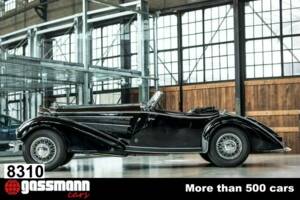Horch 850 Classic Cars for Sale
The Horch 850 stands as a distinctive representative of German luxury car engineering from the late 1930s. Manufactured in Zwickau and equipped with an advanced five-litre inline-eight engine, the 850 range was available in a variety of body styles and featured refined technical solutions that highlight its status within the upper class segment.
Search results
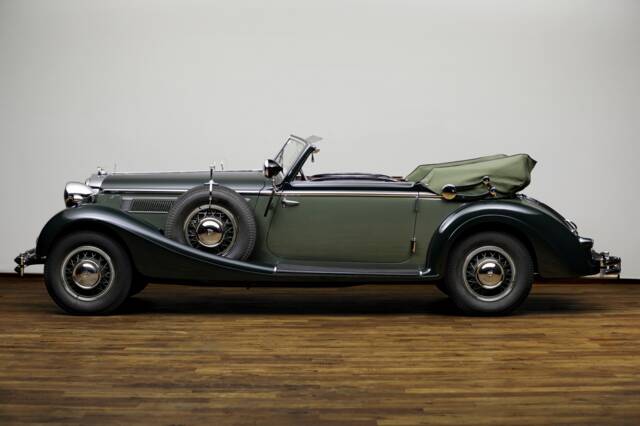
1938 | Horch 853 A Sport
In excellent condition and with only one owner since 1997

1935 | Horch 855
HORCH 855 Gläser Spezial Roadster
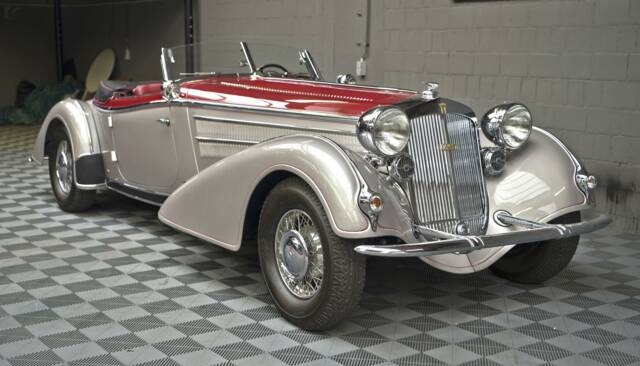
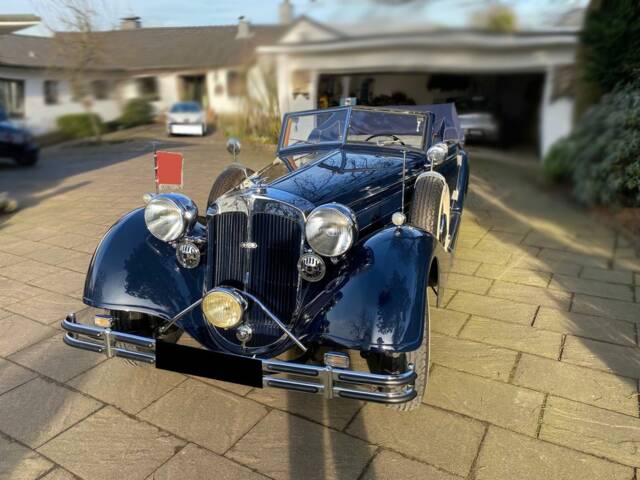
1937 | Horch 853 Sport
Sports convertible with factory bodywork
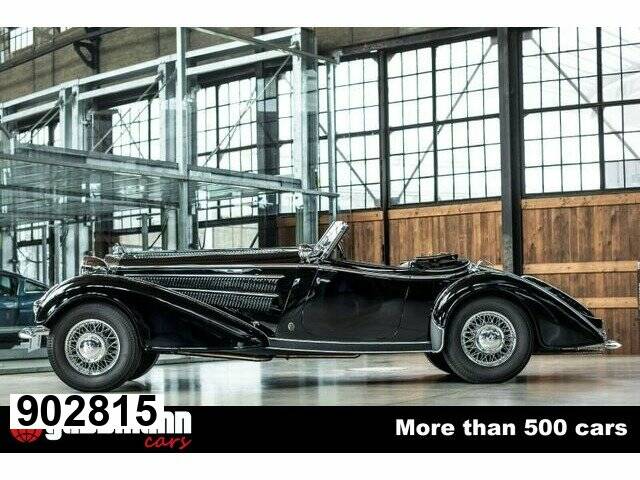
1935 | Horch 855
HORCH 855 Gläser Spezial Roadster
Horch 850 listing references from Classic Trader
Below you will find listings related to your search that are no longer available on Classic Trader. Use this information to gain insight into availability, value trends, and current pricing for a "Horch 850" to make a more informed purchasing decision.
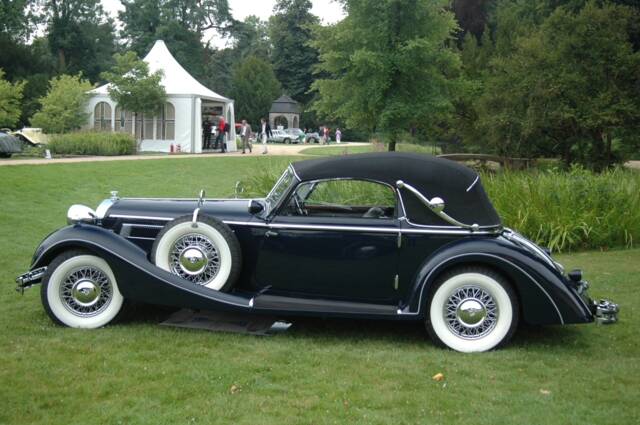
1938 | Horch 853 A Sport
Restauriertes Sport Cabriolet, ein Wagen der Luxusklasse

1936 | Horch 853 Sport
HORCH 853 Sport Cabriolet
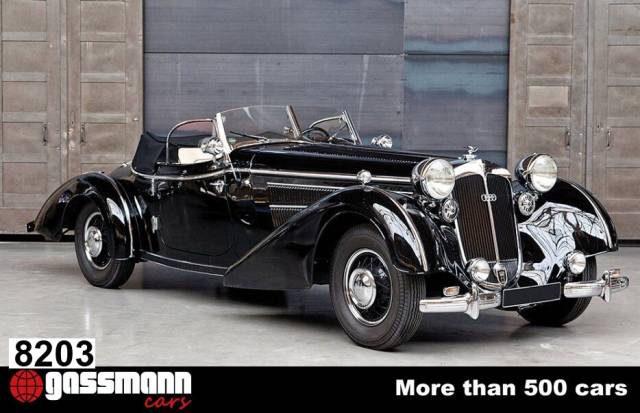
1940 | Horch 853 A Sport
HORCH 853 a Spezial Roadster
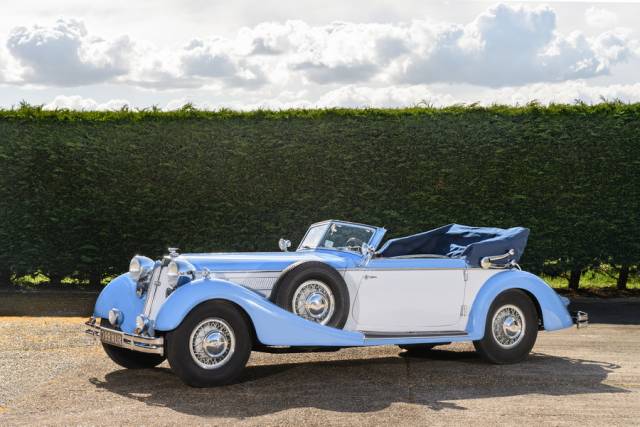
1935 | Horch 853 Sport
Serie I
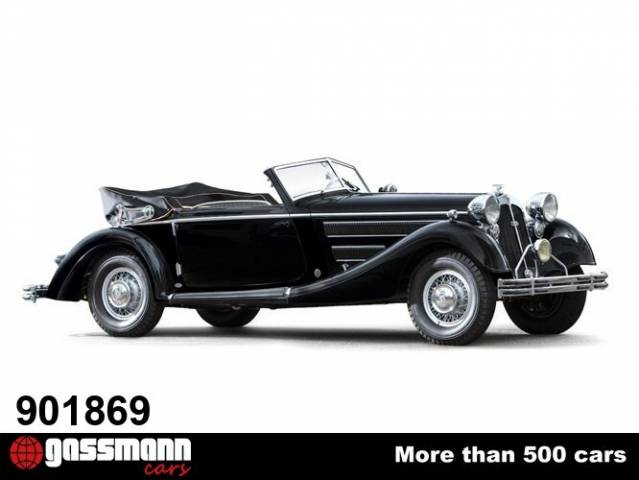
1938 | Horch 853 A Sport
HORCH 853A Sport Cabriolet, Gläser-Karosserie,
1937 | Horch 853
Convertible of superlatives!
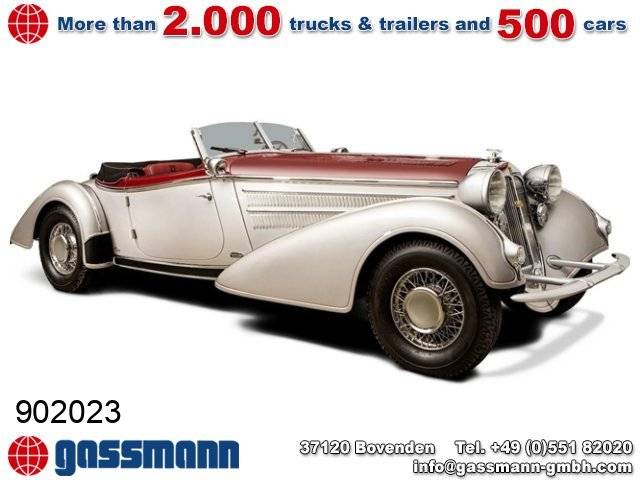
1937 | Horch 853
HORCH 853 Spezial Roadster mit Karosserie im

1937 | Horch 853 Stromlinien Coupé
853 Stromlinien Coupé mit Schiebedach
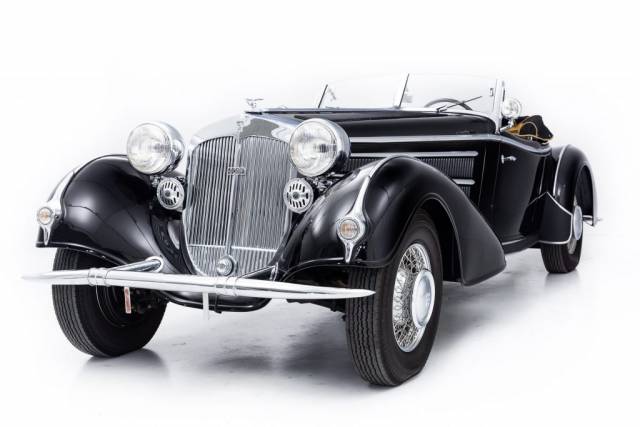
1939 | Horch 855

1936 | Horch 853 Sport
History of the Horch 850
Emerging in 1935 as the successor to the Horch 8, the Horch 850 quickly established itself as a cornerstone of high-end automobile engineering in Germany. Horch, a part of Auto Union, focused its development efforts on the luxury segment, bringing forward technological innovations and sophisticated design from its base in Zwickau. Through to 1940, the 850 series reflected both technical evolution and changing tastes in high-class motoring during the pre-war era.
Model History of the Horch 850
The Horch 850 succeeded the Horch 8 (produced from 1926 to 1935) and was later followed by the further developed Series 853. Within the 850 range, several body styles were available, ranging from touring cars and roadsters to Pullman limousines, cabriolets, and landaulets. Special mention deserves the Type 853 Sport, with its shorter wheelbase and twin-joint rear axle, targeting the luxury sports market. Production of the 850 line ceased in 1940.
Highlights of the Horch 850 Series
The 850 series stood out with its sophisticated five-litre inline-eight engine with bevel gear-driven overhead camshafts, a 4-speed manual gearbox, and a wheelbase of 3.75 metres. Optional equipment included an overdrive, improved interior trim, and hydraulic drum brakes with Bosch-Dewandre vacuum assist. The various versions, particularly the two-door Cabriolet, were regarded as pinnacles of elegance in the German luxury car sector.
Technical Data
Special Editions and Collectible Models
The Horch 851 presented a more luxuriously equipped variant with major improvements such as a retractable driver's window, double bumpers and larger wheels. The factory-offered Type 853 Sport, produced until 1936, featured a 25 cm shorter wheelbase and a specially developed rear axle, largely as a two-door cabriolet. Particularly rare are coachbuilt examples from Voll & Ruhrbeck, with only around 5–8 such special-bodied cars produced.
Engine, Performance, Transmission and Handling
With its five-litre straight-eight engine, the Horch 850 delivered a remarkable 100 hp, a significant figure for the pre-war period. Power was transmitted via a 4-speed gearbox to the rear wheels, with the gearshift placed centrally. The advanced chassis design, with front transverse leaf springs and a robust rear axle, provided precise handling for such a large car. Overdrive was available for relaxed high-speed cruising, and the sportier Type 853 benefited from a shortened wheelbase and enhanced rear axle for even more dynamic driving. • Horch 850 Tourenwagen: Known for its spacious bodywork, optimal for chauffeur-driven use. • Horch 850 Cabriolet/Type 853: Sought after for style and advanced chassis; the two-door convertible in particular exemplifies 1930s elegance and sportiness. • Horch 851: Recognised for its luxury enhancements, exclusive interior appointments and external upgrades.
Interior, Comfort, Exterior and Design
The Horch 850 range featured a broad spectrum of body styles, with each version tailored to different uses, from stately limousines to sporty cabriolets. Interiors benefitted from fine materials, with the 851 variant receiving especially high-grade fittings and comfort features. Special coachwork by firms like Voll & Ruhrbeck offered bespoke styling, distinct lines, and personalised details. The design aesthetic emphasised elongated profiles, prominent radiator grilles, and, for certain models, sophisticated retractable side windows and custom bumpers. These elements, alongside choices in paintwork and upholstery, positioned the Horch 850 as a mark of understated luxury.
Other Relevant Features
From 1935, Horch exclusively used the five-litre eight-cylinder engine in this series, aligning with changes in the German horsepower tax regime. The model line also included unique combinations of mechanical sophistication and custom coachbuilding, contributing to its distinct place among classic luxury vehicles.
Summary
Built between 1935 and 1940, the Horch 850 exemplifies German luxury car engineering with its advanced straight-eight engine, diverse model range, and refined technical features. Its rare special editions and coachbuilt variants further elevate its desirability, while advanced suspension, robust hydraulic brakes, and a blend of comfort and performance make it one of the most remarkable cars of its era.

